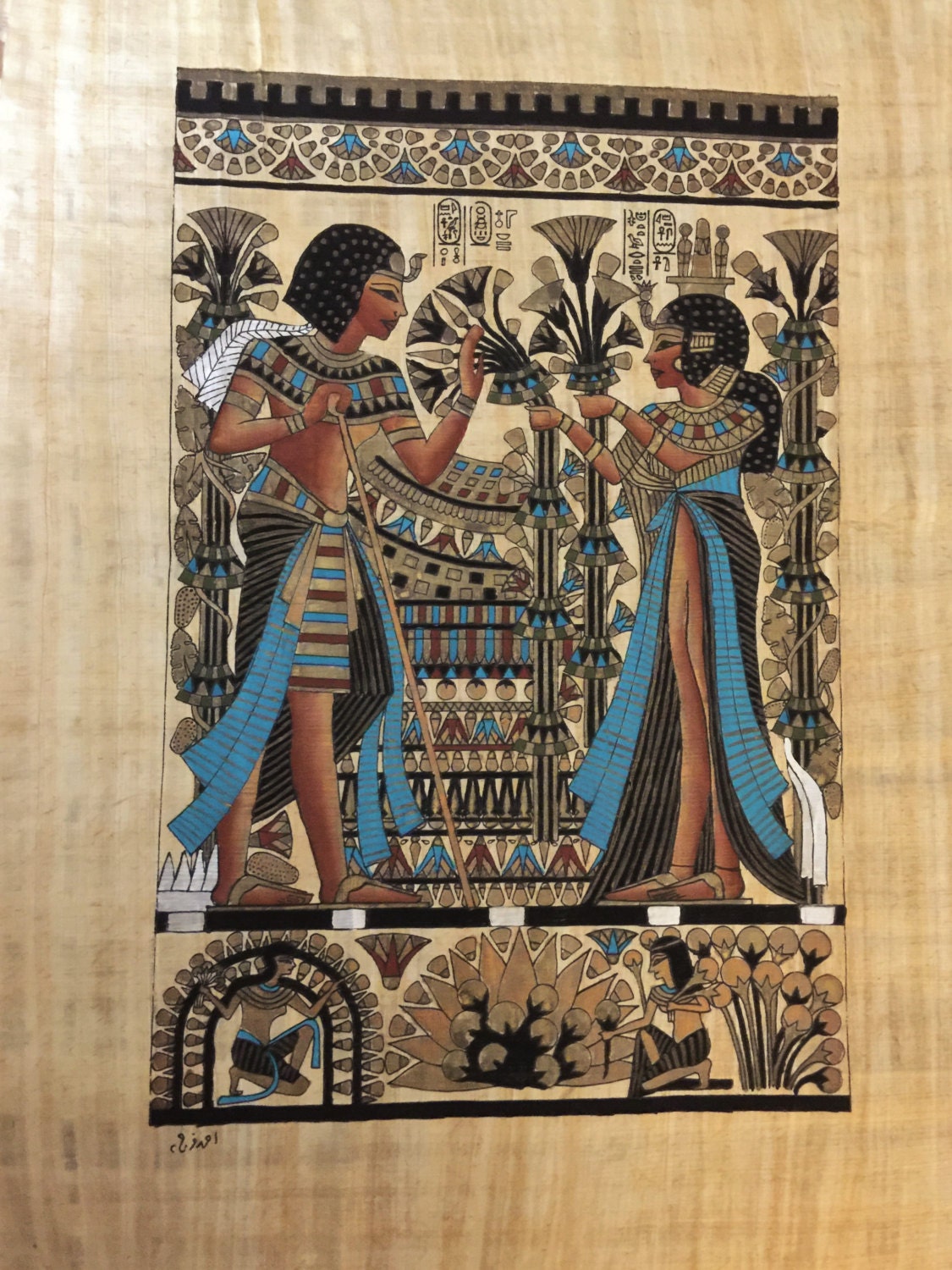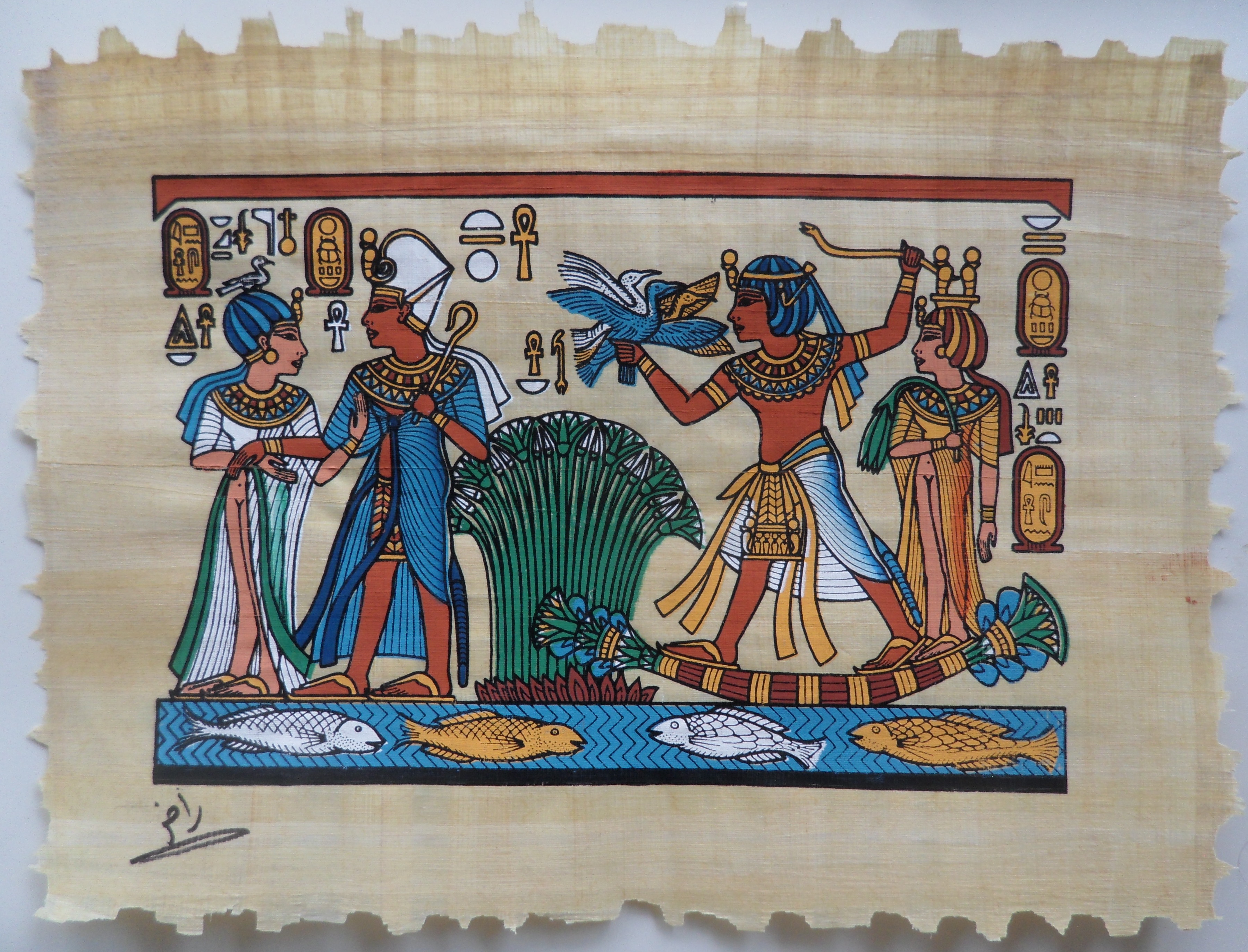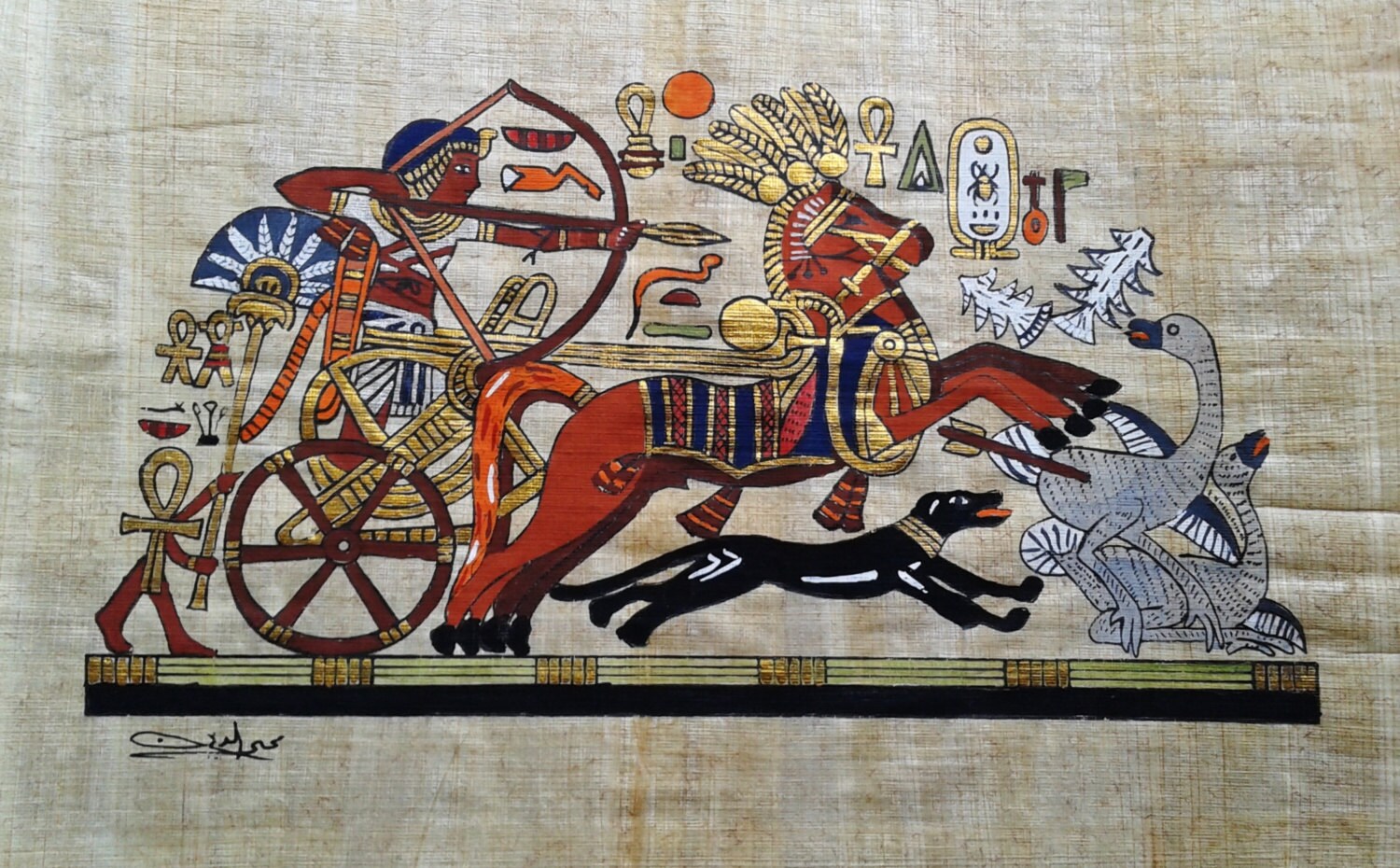

Upside down technique.sow on moist soil uncovered 70 F, DIVISION in spring, VIVIPAROUS tops. Pruning or Thinning: Removal of brown seed heads, thinning culms if overcrowded.

Soil: Moist soil to 6 inches deep never let dry out.

The bracts are held horizontal to slightly drooping and persist the entire season. Terminal COMPOUND UMBELS with 3 RANKED BRACTS. Stems: Triangular, typical of members of sedge family.įlower: GREEN, PERSISTANT. CONES BACK WEAKįoliage: Clustered at top of stems, in form of WHORLED BRACTS. KEY ID TRAITS MONOCOT Involucural bracts triangular stems.įorm: Upright arching grass-like texture. NATIVITY TrOpical Africa & Arabian Peninsula RELATED SPECIES Acorus gramineus 'Ogon' Japanese Sweet Flag Evergreen perennial. Combine with RUELLIA for added floral iImpact or Cypenus for textua contrastĮCOLOGICAL The scented leaves and rhizomes are used medicinally and to make fragrances In Britain the plant was also cut for use as a sweet smelling floor covering for the packed earth floors of medieval dwellings and churches. Can be used in container water gardens or as a marginal plant in pools. LANDSCAPE USES GROW FOR FRAGRANCE AND ATTRACTIVE FOLIAGE.A tough plant for moisture retative soils. Propagation: Best by division of rhizome in spring. Transplanting: Best in spring as new growth is emerging Pruning or Thinning: None needed if planted in correct orientation. Soil: Moisture retentive field soils, avoid high organic matter or soilless mixes as they don't provide support for mature plants.
#KING TUT PAPYRUS TUBERS FULL#
Light: Full Sun-part shade, GOOD FOR PART SHADE, SHADE WILL NEED TO DIVIDE PERIODICALLYįoliage: MONOCOT, VARIEGATED,deciduous, linear green with cream stripe, 1"-2" wide a SINGLE PROMINENT MIDVEIN and then on both sides slightly raised secondary veins (with a diameter less than half the mid-vein) CITRUS FRAGRANCEįLOWER: Inconspicuous SPADIX, NO SPATHE, MIDSUMMER, OFTEN STERILE Landscape Size: 2-3, with creeping rhizomes. ZONE 4įorm: TOUGH, Deciduous, perennial, upright iris-like foliage. Umbrella palm has rounded stems and will grow to heights of 5 feet.KEY ID TRAITS Variegated leaves and rhizomes have a strong tangerine scent when crushed.

Use either Hoffmans Water Garden Soil or Microbelift’s Aquatic Planting Media and fertilize once a month with fertilizer tablets. Pot the papyrus as you would cattails or iris, using larger, solid bottom pots like Laguna’s Plastic Lily Tubs. All varieties of papyrus are excellent choices for koi and goldfish ponds, especially for placement on pond shelves. The larger varieties tend to have very thick and invasive rhizomes like common cattails, making them harder to harvest from a filter. Dwarf varieties are good choices for bog filters. Papyrus enjoy full sun (four hours or more of direct sunlight) to partial shade. Most varieties have triangular shaped stems, which are filled with a papery-like pith that was traditionally used in making paper. All of the papyrus have lovely long green stems with starburst or firework shaped leaf clusters with tiny brown blossoms on the tips. Papyrus normally tolerate between 6-12″ of water depth, but some of the giant varieties will withstand slightly deeper water. All of the varieties of papyrus are tropical, and must be brought indoors for the winter. Papyrus include several species of the genus Cyperus that make lovely addition to ponds.


 0 kommentar(er)
0 kommentar(er)
